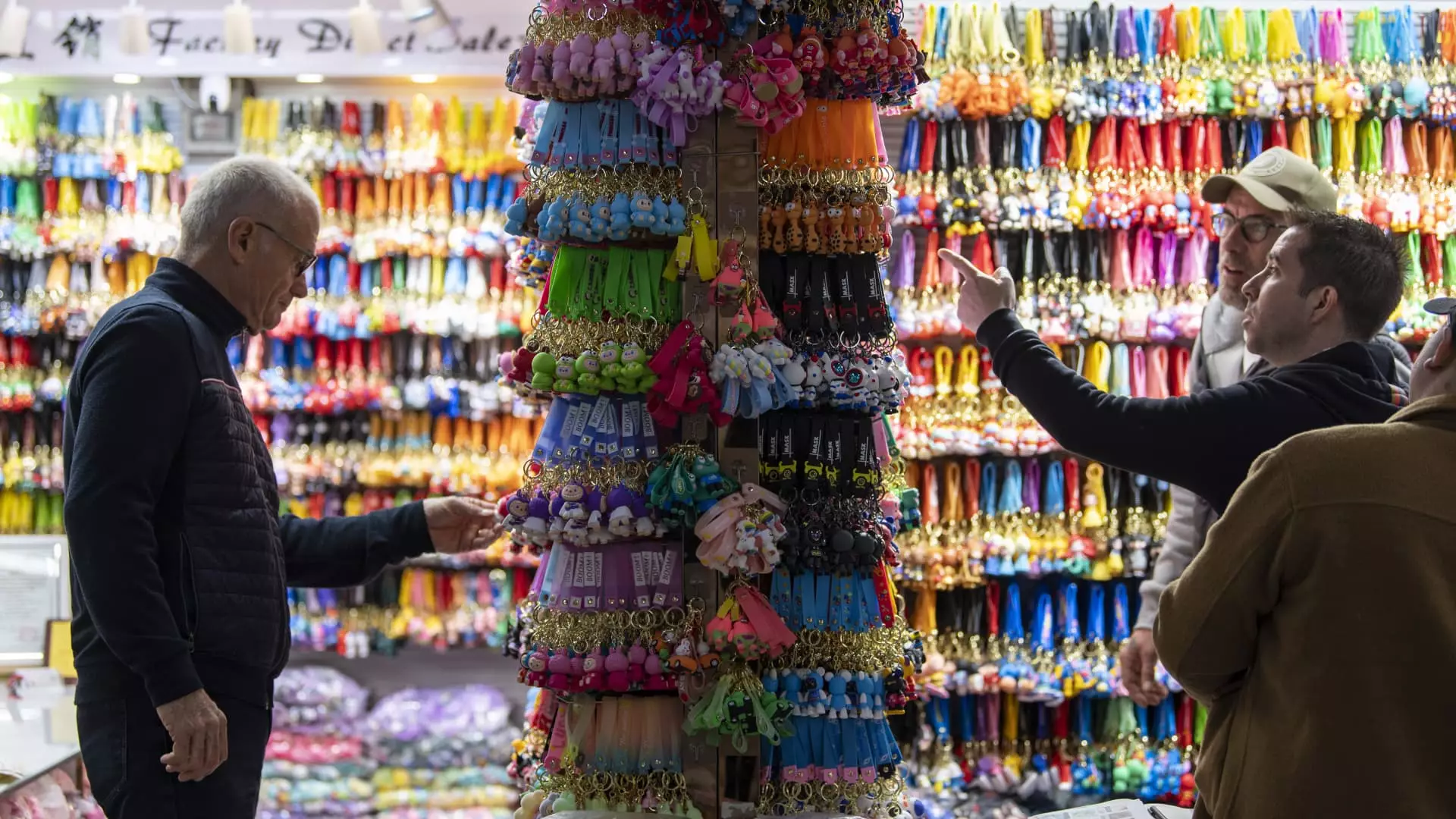The retail landscape is witnessing a seismic shift as the holiday season approaches, with a staggering 7% of U.S. retailers teetering on the edge of collapse due to inflation and supply chain disruptions caused by the notorious ‘Christmas creep.’ Traditionally, the Christmas season kicks off after Thanksgiving, but in recent years, merchandising strategies have evolved, pushing the festive spirit earlier in the calendar. While this tactic has benefited some retailers by extending their sales windows, the current economic climate is testing the limits of this seasonal strategy. The focus must shift to understanding the intricate web of supply chains and tariffs that can thwart the festive cheer.
Christmas Creep: When Holiday Spirit Meets Financial Reality
The phenomenon termed ‘Christmas creep’ is no longer just an annoying societal trend; it’s a critical business strategy exploited by retailers aiming to maximize profits in the ever-competitive market. However, as appealing as it may sound, this tactic brings significant challenges. Retailers now find themselves in a precarious position, primarily due to the ripple effects of U.S.-China trade tensions exacerbated by recent tariff hikes. These tariffs can climb as high as 145% on various imports from China, with Christmas merchandise being a crucial component. The financial burden of these tariffs doesn’t just affect retail price tags; it threatens the very existence of small to mid-sized retailers that rely heavily on imported goods.
With inflation running rampant, consumers are already paying more for everyday items, and the last thing they want is increased prices on holiday gifts. As they grapple with these financial strains, retailers must make the difficult choice of either absorbing the cost of tariffs or passing them along to consumers in a precarious game of survival. This leads to an unwanted dilemma: as retailers try to remain competitive, they risk alienating their customer base with inflated prices, a contradiction detrimental to both their image and bottom line.
Supply Chains at the Breaking Point
Supply chains have long been the backbone of retail, especially during the holiday rush when timely deliveries can make or break a company. The current geopolitical climate is straining these networks to their limits. Various reports have indicated a sharp decline in shipments from Chinese factories, resulting in canceled orders and a diminishing pipeline for retailers in the U.S. According to recent data, the number of cargo-carrying container ships leaving China destined for America has plummeted. This is an alarming trend that spells trouble for retailers anticipating busy shopping periods.
As Christmas approaches, retailers are desperately scrambling to fill their shelves while grappling with the reality that many of their products are merely stuck in transit or worse, not in production at all. The production timelines are markedly long; for instance, electronic products generally require six months for manufacturing and testing. As a result, the pivoting of orders, or the sudden attempt to adjust to the rapidly evolving market conditions, becomes an intricate balancing act where any miscalculation could lead to shelves lying bare during Black Friday, the most crucial shopping day of the year.
Financial Futures on a Tightrope
As tariffs and inflation create unforeseen obstacles, retailers are rapidly navigating uncharted waters. With some adopting a strategy of stockpiling inventory in anticipation of increased tariffs, businesses are ultimately faced with overstock during a period when consumer demand begins to wane. Unfortunately, for many small- and medium-sized businesses, this means the dire risk of insolvency. Companies caught between rising costs and substantial inventory might find themselves unable to maintain healthy profit margins, leading to layoffs or, in the worst-case scenario, permanent closures.
However, there is a glimmer of hope. Some retailers are still willing to hedge their bets by cautiously placing smaller orders, believing that an impending shift in tariff implementation—if negotiators can reach an agreement—will relieve some pressures. This hints at an underlying resilience within the retail sector, one that may enable them to adapt. But this form of pragmatism holds its own set of risks.
As rumors of tariff reductions spark interest in replenishing stock, any surge in order placements from multiple retailers could create a bottleneck at factories, ultimately increasing production costs and transit charges. The optimism could quickly take a turn if supply chains fail to keep up with demand, making the holiday shopping experience both fractured and costly.
It is clear that the current landscape for retailers is fraught with challenges as they adapt to trade tensions and evolving consumer behavior. The success of this holiday season is not merely a matter of holiday spirit, but a critical juncture for many retailers, putting their adaptability and strategies to the test amidst unprecedented economic pressures.

